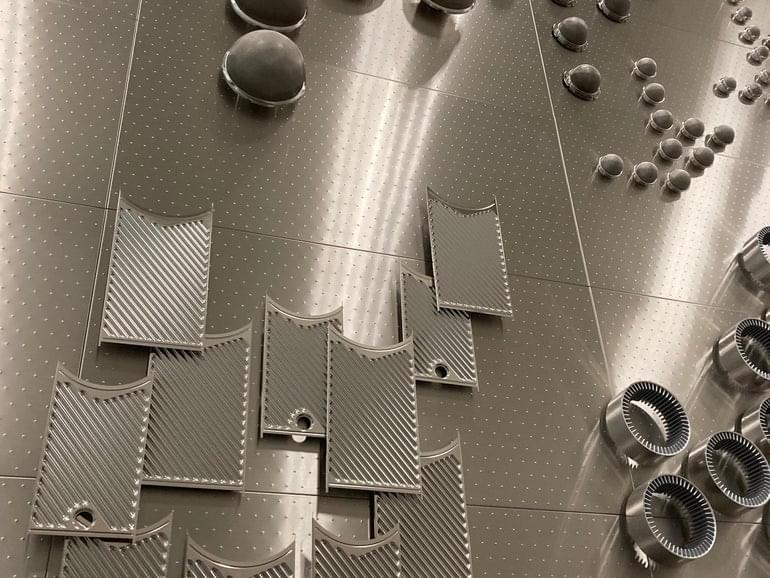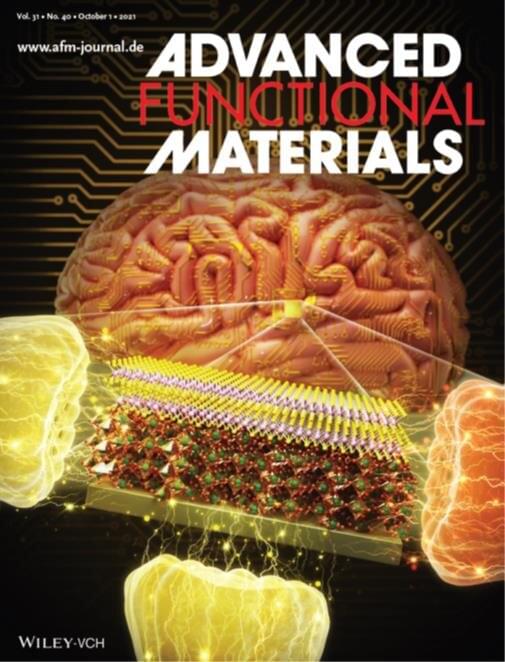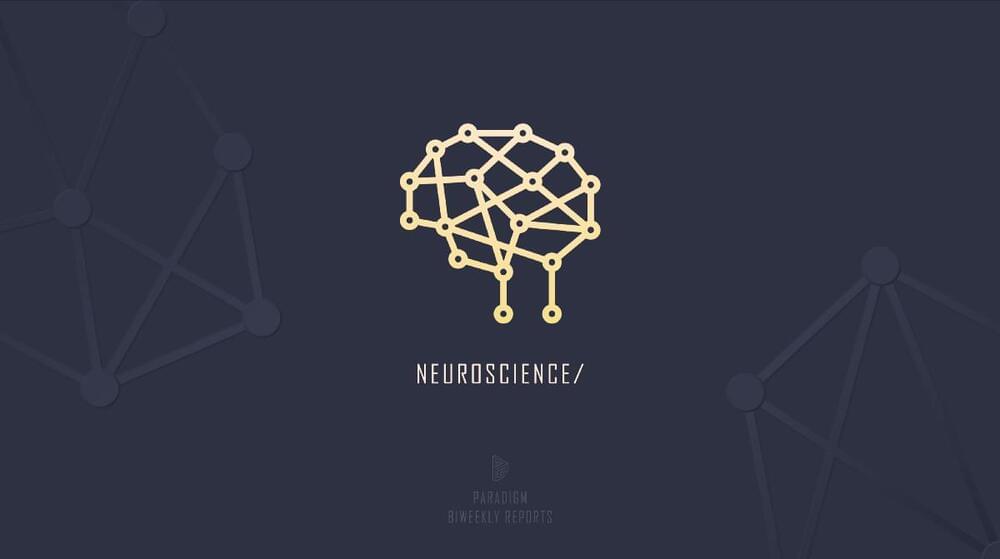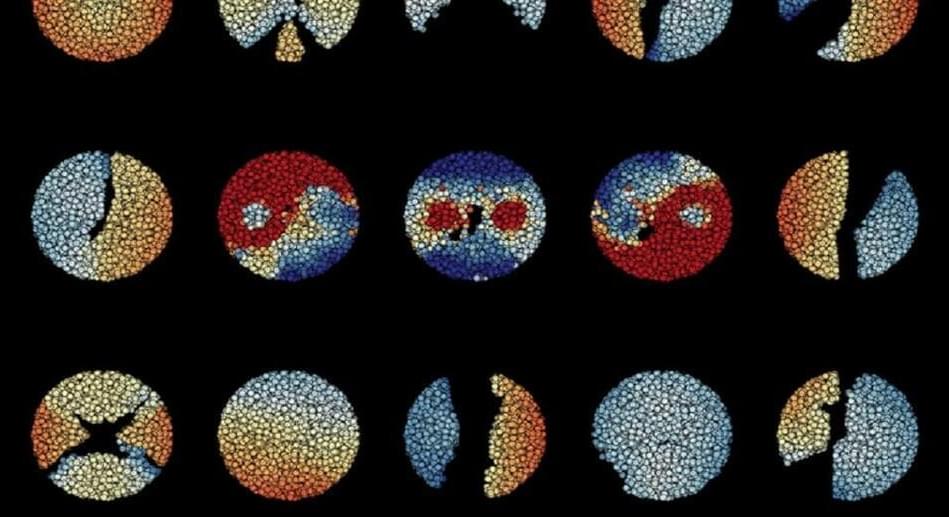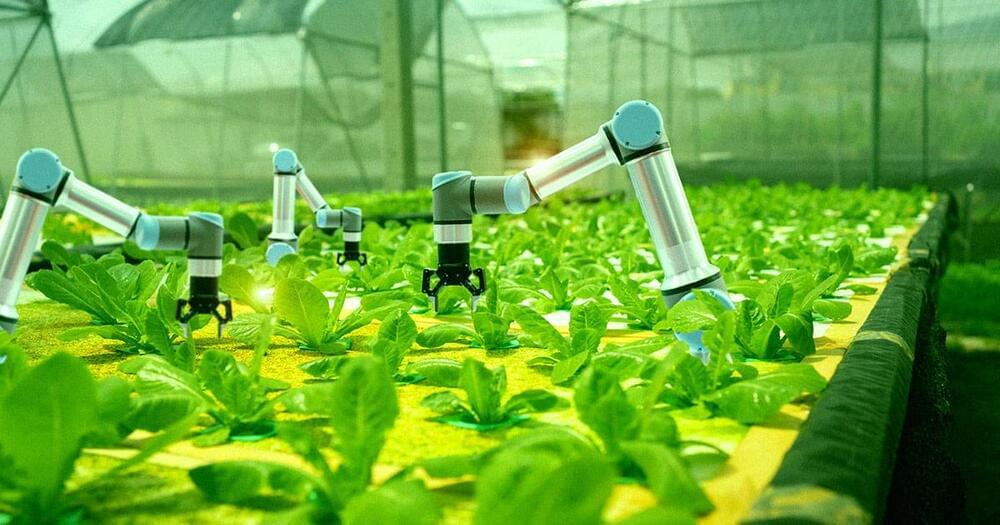On Wednesday, November 10 at 9:03 p.m. EST, 2:03 UTC on November 11 SpaceX and NASA launched Dragon’s third long-duration operational crew mission (Crew-3) to the International Space Station from historic Launch Complex 39A (LC-39A) at NASA’s Kennedy Space Center in Florida. Following stage separation, Falcon 9’s first stage landed on the “A Shortfall of Gravitas” droneship.
On Thursday, November 11 at approximately 7:10 p.m. EST, 00:10 UTC on November 12 Dragon will autonomously dock with the space station. Follow Dragon and the Crew-3 astronauts during their flight to the International Space Station at spacex.com/launches.
_____
Crew-3 Mission | Launch: https://youtu.be/WZvtrnFItNs.
Crew-3 Mission | Coast: https://youtu.be/aknndyovSKs.
Crew-3 Mission | Approach & Docking: https://youtu.be/dZ5YAPZ8i3s
